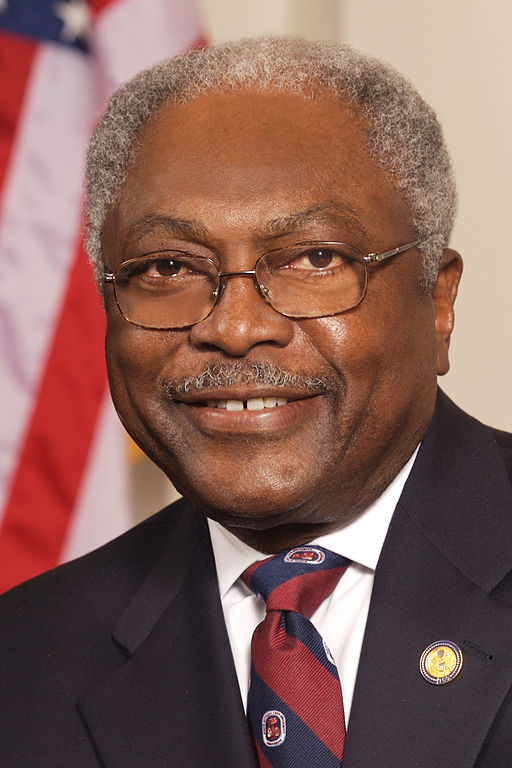By Asst. Democratic Leader
James E. Clyburn (SC-06)
In 2019, my daughter Jennifer and I took part in a Congressional Delegation to Ghana that included my good friend, the late Congressman John Lewis. Our visit was to commemorate the 400 years since Blacks were forcibly taken from the continent of Africa and enslaved in America. During that visit, Jennifer and I stood silently in the “door of no return,” holding hands. I never asked her about her thoughts, and she did not ask me about mine.
Last Saturday, she and her husband joined me at the dedication of the International African American Museum (IAAM) in Charleston. It is fitting that IAAM stands on the site of Gadsden’s Wharf, where nearly half of all enslaved Africans brought to this continent arrived.
When I was asked by then-Charleston Mayor Joe Riley 23 years ago to chair the steering committee to develop his vision of establishing such a museum in Charleston, I thought of the countless slaves that were stolen from their homeland, stripped of their identities, and brought to this strange land in shackles.

In the early days of our efforts, there was significant debate about the focus of the museum. But I knew we had to do justice to all 400 years of the Black experience in America. On the day we broke ground on IAAM, another good friend, Congressman Elijah Cummings, was being funeralized in Baltimore, Maryland. Elijah was the great-great-grandson of Scippio Rhame, who, until he was freed in 1868, worked the same land as Elijah’s parents, who were sharecroppers.
Because of his parents’ participation in the great migration, Elijah was born and grew up in Baltimore, Maryland, where Elijah was placed in special education classes. He overcame that profiling and graduated college, Phi Beta Kappa. He became an accomplished lawyer, rose to serve in the United States Congress, and became Chairman of the powerful Oversight Committee. IAAM tells the story of the ancestors and descendants of Scippo Rhame, and countless others with similar backgrounds and experiences.
Those stories are about more than the institution of slavery—they are uplifting experiences that epitomize the varying possibilities of who we are and what we can—and have—become. In that spirit, IAAM has established a one-of-a-kind center dedicated to African American genealogy research.
The Center for Family History hosts a growing collection of photos, historical documents, and family histories that the public can comb through to find more information about their family trees.
To help bolster their records, the IAAM Center for Family History has issued an open call for obituaries, photos, family histories, and other historical documents. It is not lost on me that at the site where some researchers say half of all African Americans arrived in this country will sit a museum committed to reunifying their descendants with lost histories.
There is significant currency in the museum’s acronym, “IAAM.” In my office is a statue of a sanitation worker holding a sign with a simple message: “I am a man.”
This statue tells the story of the 1968 Memphis Sanitation Workers’ strike, born out of anger over the deaths of Black sanitation workers Echol Cole and Robert Walker, who were killed on the job by malfunctioning equipment.
The primarily Black sanitation force demanded recognition of their union, improved safety standards, and a living wage. It took nearly 2 months and the death of Dr. Martin Luther King, Jr., but in the end, their demands were met. The museum’s acronym, “IAAM,” serves to recognize their struggle and ultimate success.
I often quote George Santayana’s admonition, “Those who do not remember past lessons are condemned to repeat them.” African American history encompasses far more than the horrors of those who were enslaved. Their countless descendants include history-making visionaries, and IAAM honors and preserves their struggles and accomplishments and dares us to look toward the future.
I must admit that there were times during my chairmanship, especially in those early days, when I was not sure we would get this project across the finish line.
I am proud that after more than 20 years of hard work and dedicated commitment, we are celebrating its opening, and future generations can learn fuller and more accurate stories of America’s greatness.




